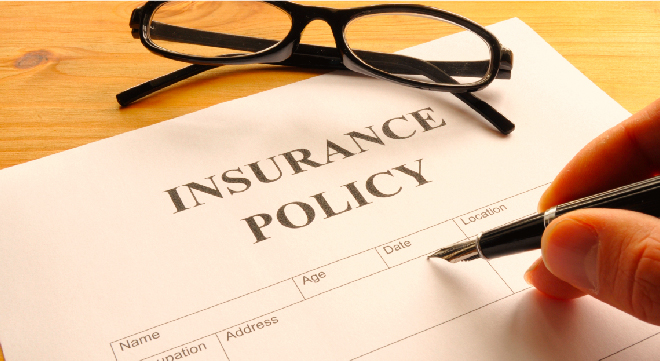The findings of the 2022 Asisa Life and Disability Insurance Gap Study show that income-earners under the age of 30 are most likely to face a substantial life and disability shortfall, followed by earners between the ages of 30 and 39.
Since eight million of South Africa’s 14.3 million earners are younger than 40 years, most of the country’s earners are likely to be significantly underinsured, said WS Nel, actuarial research lead at True South Actuaries and Consultants.
He said earners younger than 30 face an average insurance shortfall of R1.6 million for life cover and R1.7m for disability. Earners between the ages of 30 and 39 face a life insurance shortfall of R1.4m per earner and R1.8m for disability.
Nel said younger earners and their households would have to rely on the income from their insurance for much longer following a death or disability event than older earners drawing closer to retirement. For this reason, the insurance needs in younger age groups are typically higher than in older age groups.
He said the insurance gap narrows substantially for earners above the age of 50. Older earners are likely to have more life cover than needed, while the disability insurance gap is greatly reduced. This is because the study assumes that the insurance need exists only until retirement age because provision for income in retirement should be covered by retirement savings rather than risk insurance.
“Often, older income-earners have settled their mortgage bonds and have paid for their children’s education, reducing the need for life and disability cover. Their concerns then shift to whether sufficient provision has been made for income after retirement,” Nel said.

Read: Insurance gap increases only slightly, but not for a good reason
Read: How much more income-earners must spend to close the insurance gap



